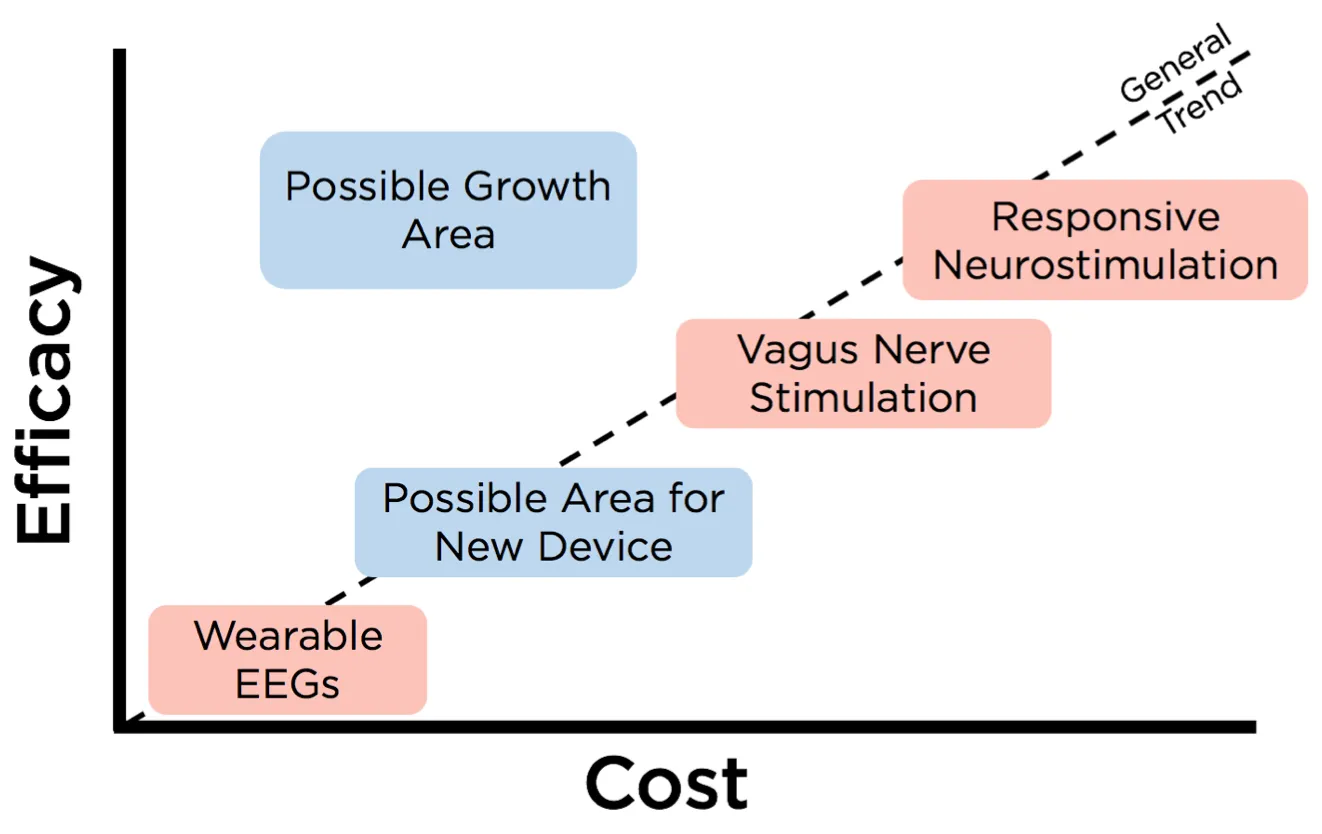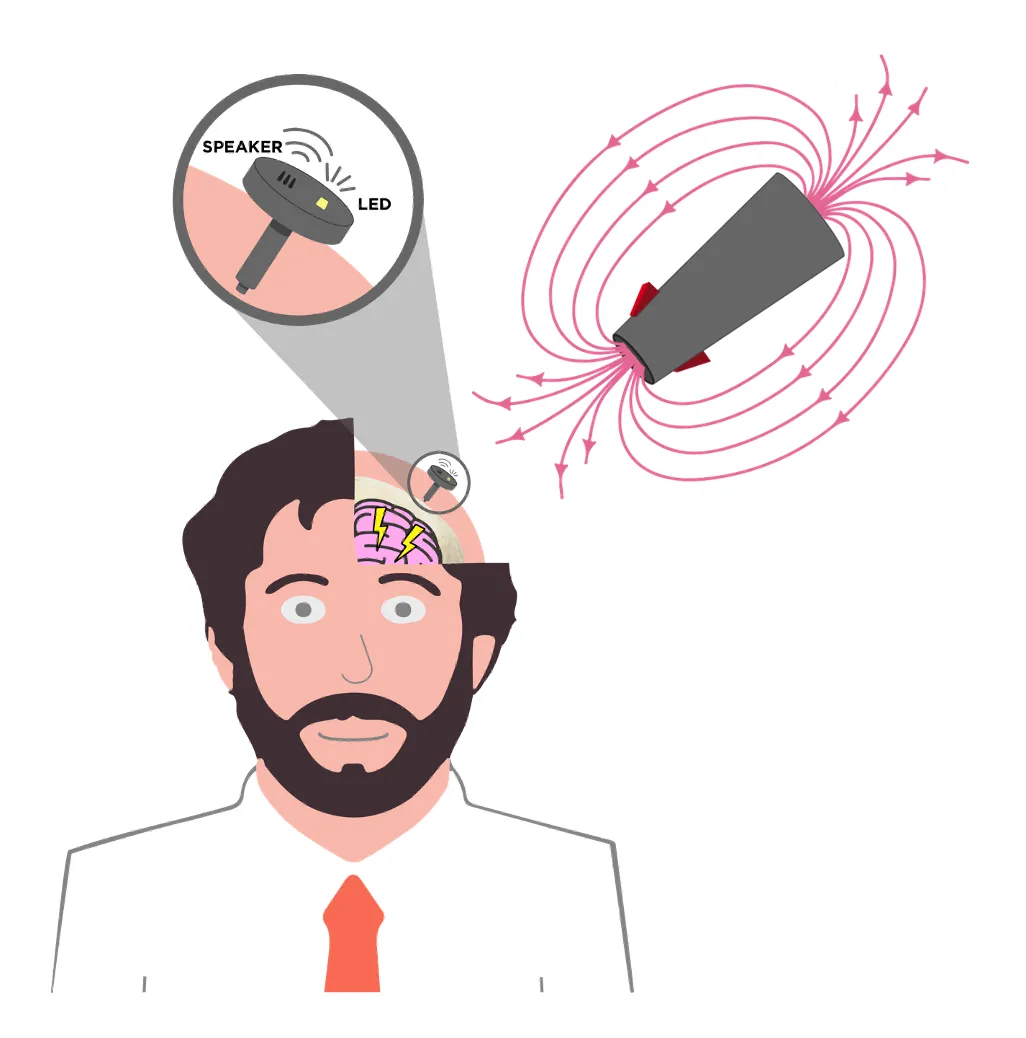Theoretical Device Design


The device I designed was a transcranial magnetic stimulation (TMS) device along with a scalp-implanted electrode, that could be used to prevent seizures. There is preliminary research that TMS could be useful in deterring seizure before they occur. Practically, the electrode would warn the subject that a seizure is about to occur and they could use the handheld TMS device to help return the brain to normal function. After a market research gap analysis, it was found that a device of this complexity and cost could fit into the mid-to-low cost range for seizure prevention, which was pretty open when this project took place.